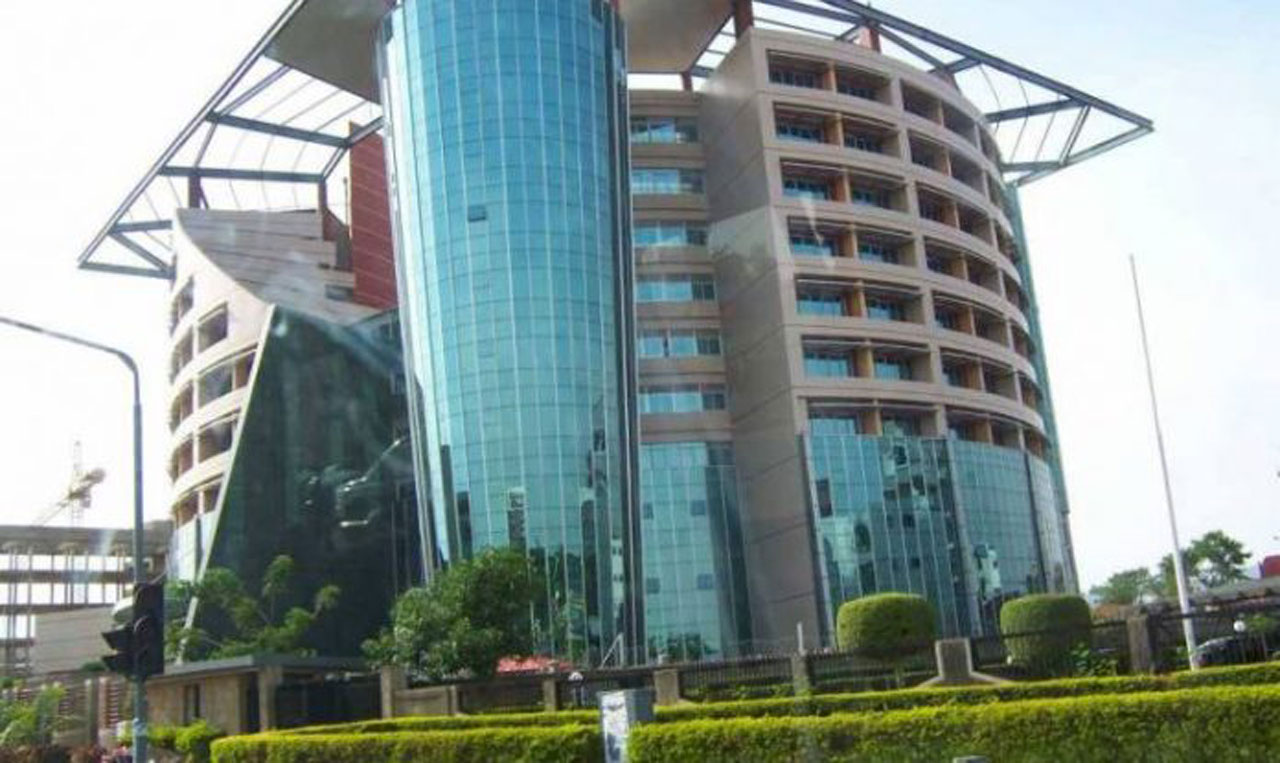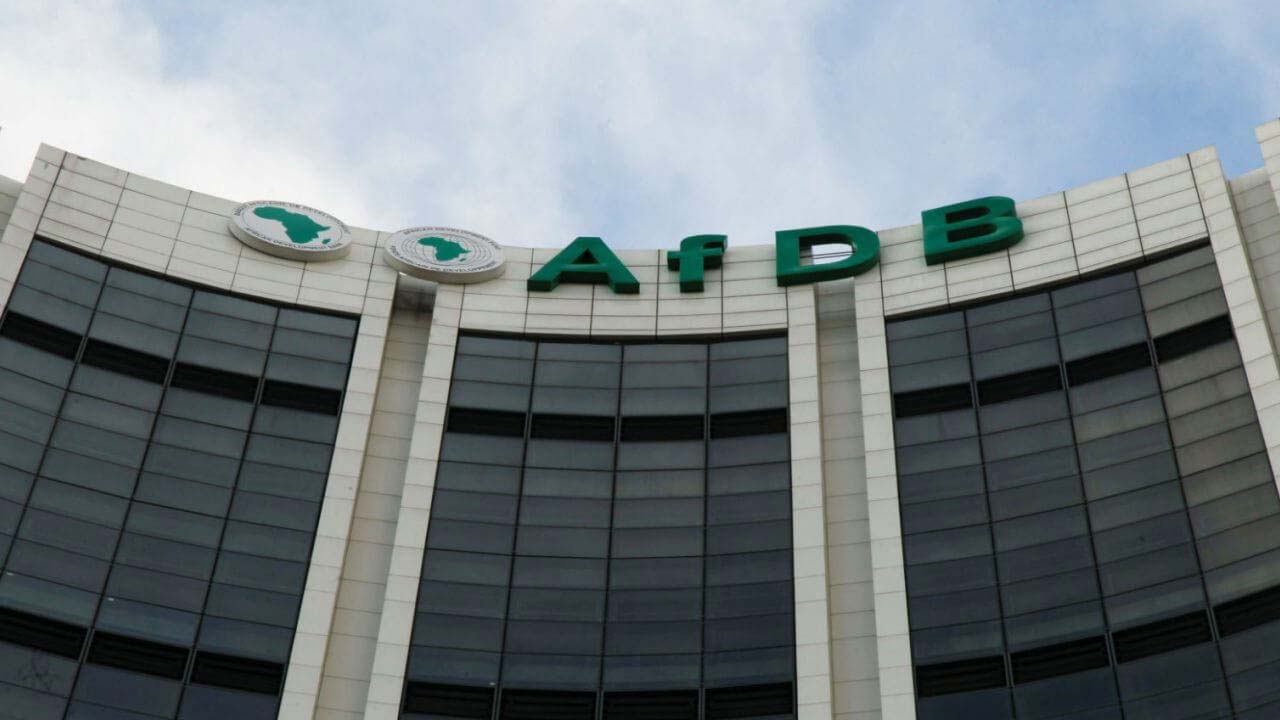The
ketogenic diet has been well established in the medical community as a
treatment approach for those with epilepsy. However, research is
revealing benefits which may apply to a broader population as well. As
chronic diseases such as Alzheimer’s, type-2-diabetes, and heart disease
are linked to inflammation, the anti-inflammatory effects of a keto
diet are becoming especially compelling.
So, can a ketogenic diet
reduce inflammation and lower your risk for chronic disease? In short,
the research is looking very promising. But first, let’s take a closer
look at inflammation, so we can better understand why it’s bad.
What is Inflammation?
Inflammation
is not always bad. It is actually a mechanism that allows our body to
respond to injury, and heal itself. We fall down, bloody our knee, and
our immune system leaps into action, like a general on a battlefield. To
protect the site of injury your body mounts a defensive response. White
blood cells are rushed to the area to fight off foreign bacteria, break
down damaged tissue, and then begin the repair process. During this
time, the area is often warm, swollen, and red because your body
increases blood flow to accelerate healing.
Given above is an
example of acute inflammation. It’s a vital part of the human immune
system guided by the best of intentions. But, what happens when your
body is constantly triggering this response? In the most extreme cases,
there are autoimmune diseases, like rheumatoid arthritis which cause
your body to attack and break down healthy tissue. However, there’s
another form of chronic inflammation which is often more subtle, and
undetected. This is referred to as chronic low-grade inflammation.

Chronic
inflammation is problematic because it causes an immune reaction, even
when there is no injury. It is chronic because if it is not diagnosed
and reduced, the inflammation will persist in your body. Over time this
can begin to damage arteries, organs, and contribute to diseases such
as Alzheimer’s and cardiovascular disease.
Symptoms & Causes of Chronic Inflammation

Causes of Chronic Inflammation
Chronic inflammation can be caused by several unrelated factors including:
• infections that don’t heal properly or timely
• abnormal immune reactions
• obesity
In
addition, autoimmune diseases can trigger chronic inflammation. Some of
these diseases are lupus and rheumatoid arthritis. It can also be
caused by conditions that continually wear on your body, like
inflammatory bowel disease.
Obesity and Inflammation
If
you have excess fat, and particularly abdominal fat around your waist,
there’s a good chance you also have some chronic low-level inflammation.
Fat
cells in the abdomen release the proinflammatory cytokine interleukin
6, therefore inducing chronic inflammation. The more belly fat you have,
the more cytokine interleukin 6 you produce, and the worse you feel.
Many
people with obesity find themselves in a downward spiral of weight
gain, inflammation, and then fatigue. As the inflammation and fatigue
come on from gaining weight, a person is even less apt to lose weight
and exercise to help themselves. However,
A lot of people have
success losing body fat on a keto diet, thus also lowering their ability
to produce the proinflammatory cytokine. Plus, as we will discuss
below, a ketogenic diet is naturally anti-inflammatory, so you get a
double whammy of help with obesity related inflammation on a keto diet.
Symptoms of Chronic Inflammation
There
are several symptoms of chronic inflammation that you can notice in
your body. If you notice these symptoms, you should set up an
appointment with your doctor to determine if you have chronic
inflammation.
In addition to obesity, Some other warning signs of chronic inflammation can include
• fatigue,
• indigestion,
• persistent aches and pains,
• acne, and
• allergies.
Like
we mentioned above, chronic inflammation causes an immune reaction in
your body, which is actually what all the above symptoms stem from. Each
of these symptoms can be attributed to an immune response in the cells
responsible for that part or action of the body.
For example,
allergies are an immune response to external stimuli such as pollen or
dust; if the allergies worsen or do not get better, they could very well
be attributed to an over-reactive immune response. This is just one
symptom of chronic inflammation.
Fatigue is also a symptom of chronic inflammation.
Testing for Chronic Inflammation
Clearly,
if you have some of the symptoms of chronic inflammation, it’s
something you want to address immediately, possibly with a keto diet.
But, how do you know if its occurring in your body? You may want to know
if there’s a real way to detect chronic inflammation, outside of just
some symptoms that could be caused by something else.
Since ichronic
inflammationt often occurs at low levels, it’s not as obvious to detect
as the swelling which occurs when you twist an ankle.
But, there
are a variety of blood tests your physician can run to help detect
chronic inflammation, the most common of which is a test for C-Reactive
protein (CRP).
Some CRP can always be detected in the blood, but
levels spike when there’s any inflammation, chronic or acute. If you’re
testing for chronic inflammation, you’ll want to take this test when you
don’t have any known injuries which could be triggering an acute
inflammatory response. Ideally, your CRP level should be below 1, with 0
indicating no inflammation. If your CRP is elevated, absent of any
injuries, it could indicate you have some chronic low-level inflammation
occurring.
However, as helpful as a CRP test can be, there are
some other clues which can suggest chronic inflammation absent of
getting a blood test.
Other Disease Associated with Inflammation
Inflammation
in itself can lead to and/or worsen diseases and health problems. A
review titled “The inflammation theory of disease”
[i]
describes how chronic inflammation can lead to cancerous tumors and
degenerative diseases like ALS. Reasons for this are that as tissue is
consistently inflamed it leads to “tissue destruction and scarring”,
which creates an environment for tumor growth.
In addition, it is now even being associated with leading to depression.
[ii]
How the Ketogenic Diet Helps Reduce Inflammation

The
keto diet has been long believed to have anti-inflammatory effects, and
thanks to a recent study from the University of California San
Francisco (UCSF)
[iii], we have a better understanding of one of the reasons.
In
this study, performed on rats, researchers wanted to know why the
ketogenic diet was related to reduced inflammation in the brain. The
researchers induced a ketogenic state in the rats which in turn
restricted the rate of glucose metabolism. During glucose metabolism,
NAD+ is converted to NADH, and increases the ratio of NADH/NAD+. In a
ketogenic state this ratio is lowered which activates a regulatory
protein called CtBP that blocks the expression of inflammatory genes,
thus reducing inflammation.
The UCSF study is especially
significant because it demonstrates a biochemical mechanism through
which the ketogenic diet can directly reduce inflammation. Evidence from
other studies suggest an anti-inflammatory effect to the ketogenic diet
which reaches beyond the brain.
Another reason the ketogenic diet
reduces inflammation is because ketone metabolism produces fewer free
radicals and reactive oxygen species
[iv],
often responsible for triggering inflammation. Ketone metabolism also
causes an increase in the production of adenosine, a nucleoside long
known to be anti-inflammatory
[v].
Finally,
the ketogenic diet’s anti-inflammatory effect can also be linked to a
specific ketone that’s produced in the liver from acetoacetate during
ketosis. The ketone beta-hydroxybutyrate can block an immune system
receptor linked to inflammation, the NLRP inflammasome
[vi].
If we’re constantly exposed to inflammatory triggers, such as
inflammatory foods, or obesity, the NLRP inflammasome can be overly
activated, quintessentially being stuck in the on position. With a
ketogenic diet, there is an increase in the amount of
beta-hydroxybutyrate, which could then help reduce inflammation by
blocking the NLRP inflammasome.
The Anti-Inflammatory Effects of Keto Foods
As
you can see, there are several metabolic mechanisms that can help
explain the anti-inflammatory effects of a ketogenic diet. However, the
keto diet may also be anti-inflammatory due to the foods it eliminates,
and includes (if you’re doing it right).
The first thing that gets
eliminated on a keto diet are carbohydrates with a high glycemic index.
You simply cannot reach a state of ketosis with these types of foods,
so they are the first to go.
Carbohydrates with a high glycemic index
have been associated with a higher level of CRP
[vii],
which may explain some of the anti-inflammatory effects of the
ketogenic diet. In addition, the high fiber carbohydrates (aka
vegetables) that are moderately included in a ketogenic diet are also
believed to be anti-inflammatory
.[viii] These include leafy greens like spinach, and the super popular and versatile cauliflower. See a list of recommended
low-carb vegetables for the keto diet.
Another defining characteristic of the ketogenic diet is its emphasis on consuming healthy fats.
Since
65-90% of your calorie
intake is going to come from fat, you need to prioritize healthy fats
and oils. If you’re doing that you’ll be focusing on reducing the amount
of pro-inflammatory omega-6 fatty acids, and increasing the amount of
anti-inflammatory omega-3’s. Coconut oil, another hallmark of the
ketogenic diet, has also been shown to reduce oxidative stress and
inflammatory markers in humans
[ix].
Ketogenic Diet Foods to Eat And Avoid
Here’s a list of anti-inflammatory foods and spices that you can incorporate into a ketogenic diet:
- Organic meats (good omega-3/6 profile)
- Organic dairy (good omega-3/6 profile)
- Green leafy vegetables like spinach and bok choy
- Cruciferous vegetables like cauliflower and broccoli
- Spices like turmeric and garlic
- Coconut oil
- Avocados and avocado oil
- Olives
- Vary sparingly eat some low-carb berries like blackberries
Here’s a list of inflammatory foods to avoid on keto:
- Nightshade vegetables like tomatoes, peppers and eggplant are known to be inflammatory in some people
- Inorganic dairy
- Inorganic meats
- Burning or overcooking meats can cause them to be inflammatory
Other Ways to Reduce Chronic Inflammation
The
ketogenic diet can have some significant benefits to help reduce
inflammation. However, it’s not the only approach you can take to help
reduce chronic inflammation. If you’re serious about lowering your
inflammation (and you should be), here are some other known methods to
reduce chronic inflammation.
- Get more exercise
- Consume more omega-3 fatty acids, while reducing omega-6
- Eat foods high in antioxidants & polyphenols
- Reduce nightshade vegetables (tomatoes and peppers)
- Reduce your stress level
- Improve your sleep
please click the below source link to learn more about other health issues.
Source:
https://www.ketodomain.com/nutrition/ketogenic-diet-reduce-inflammation/


























